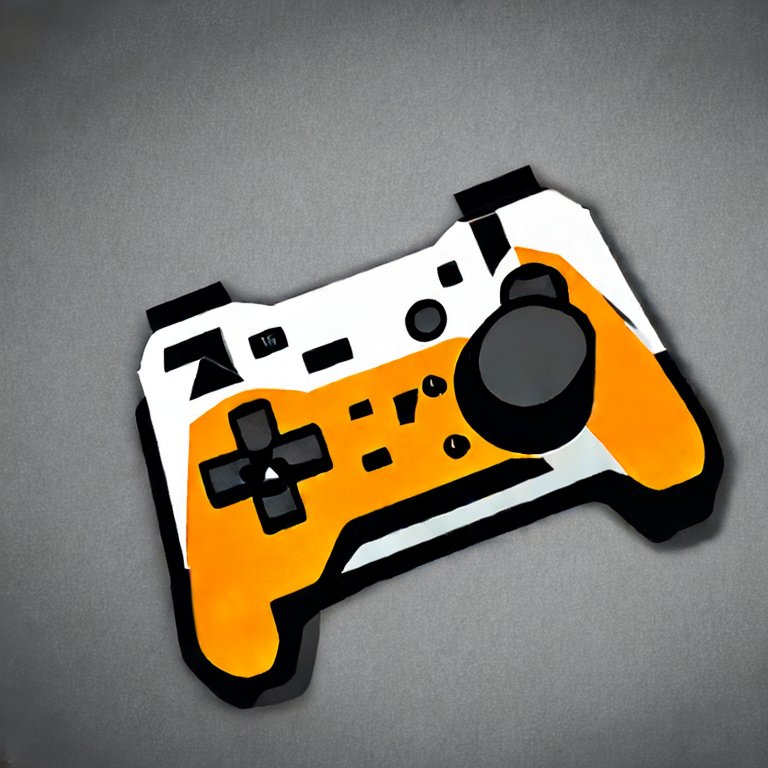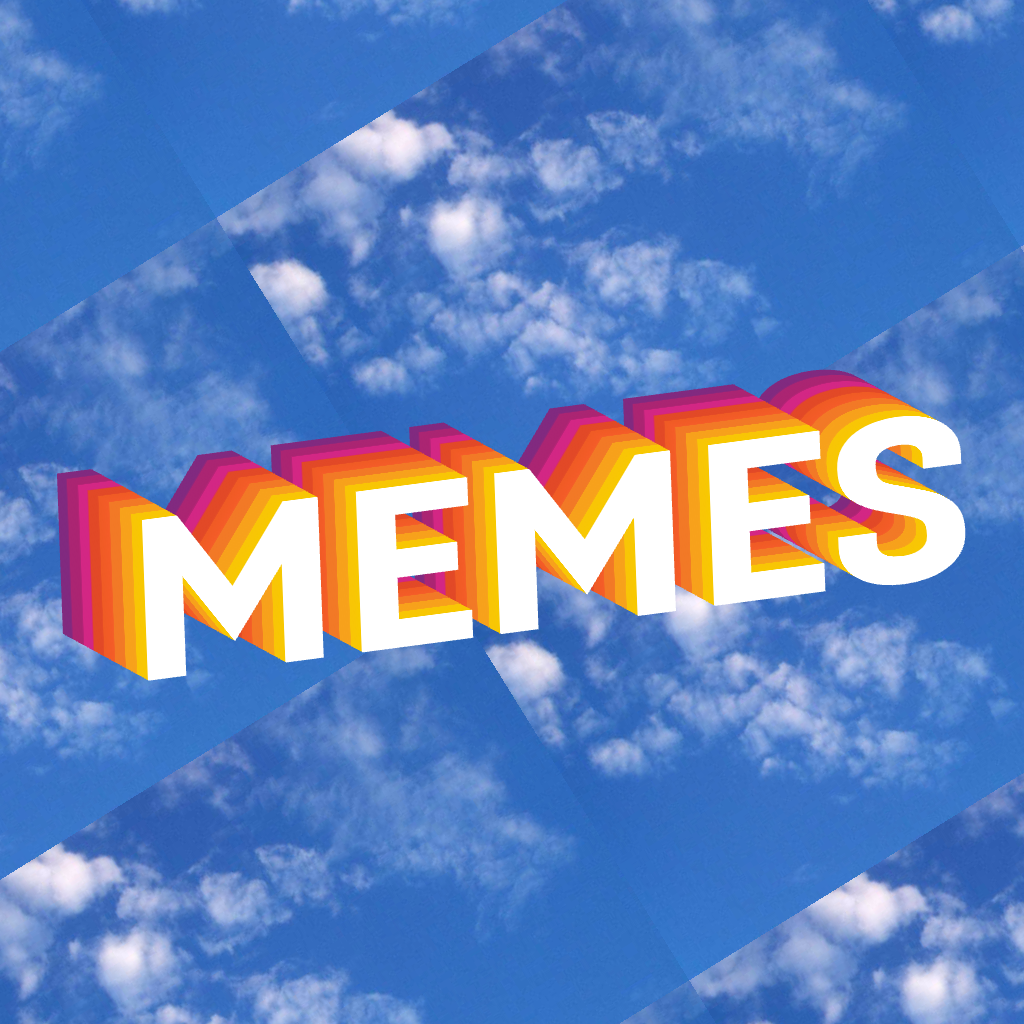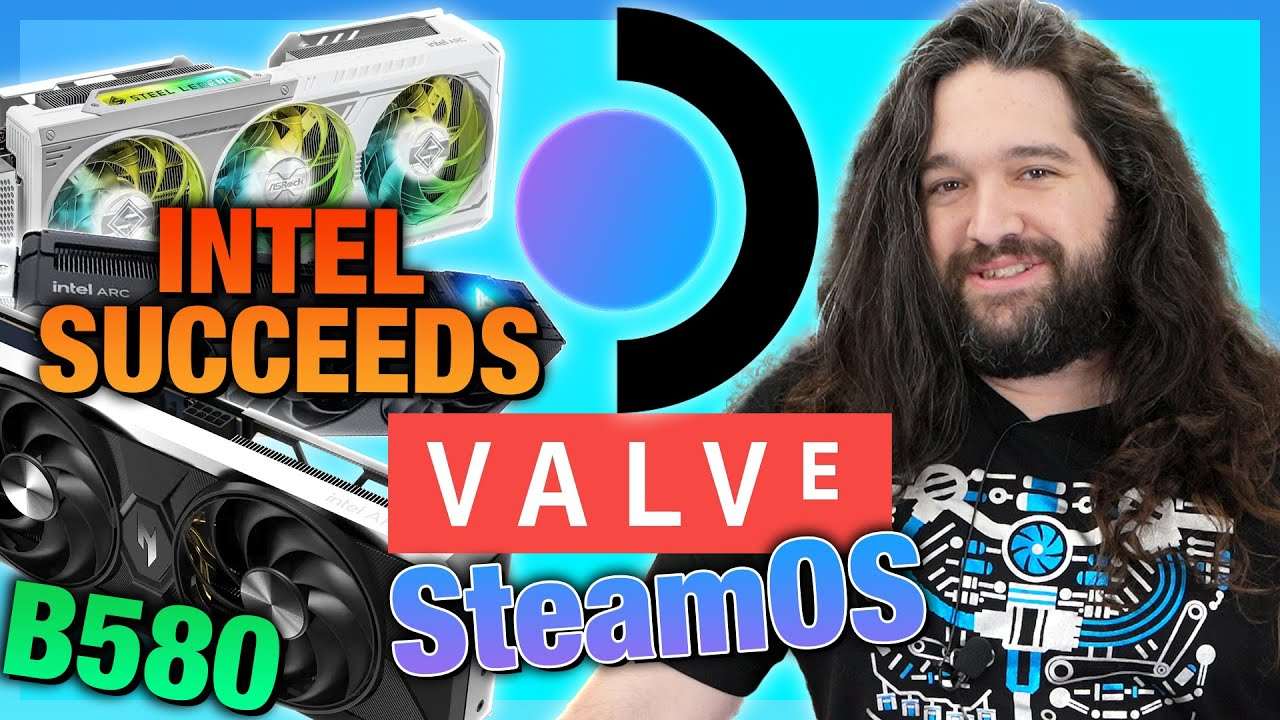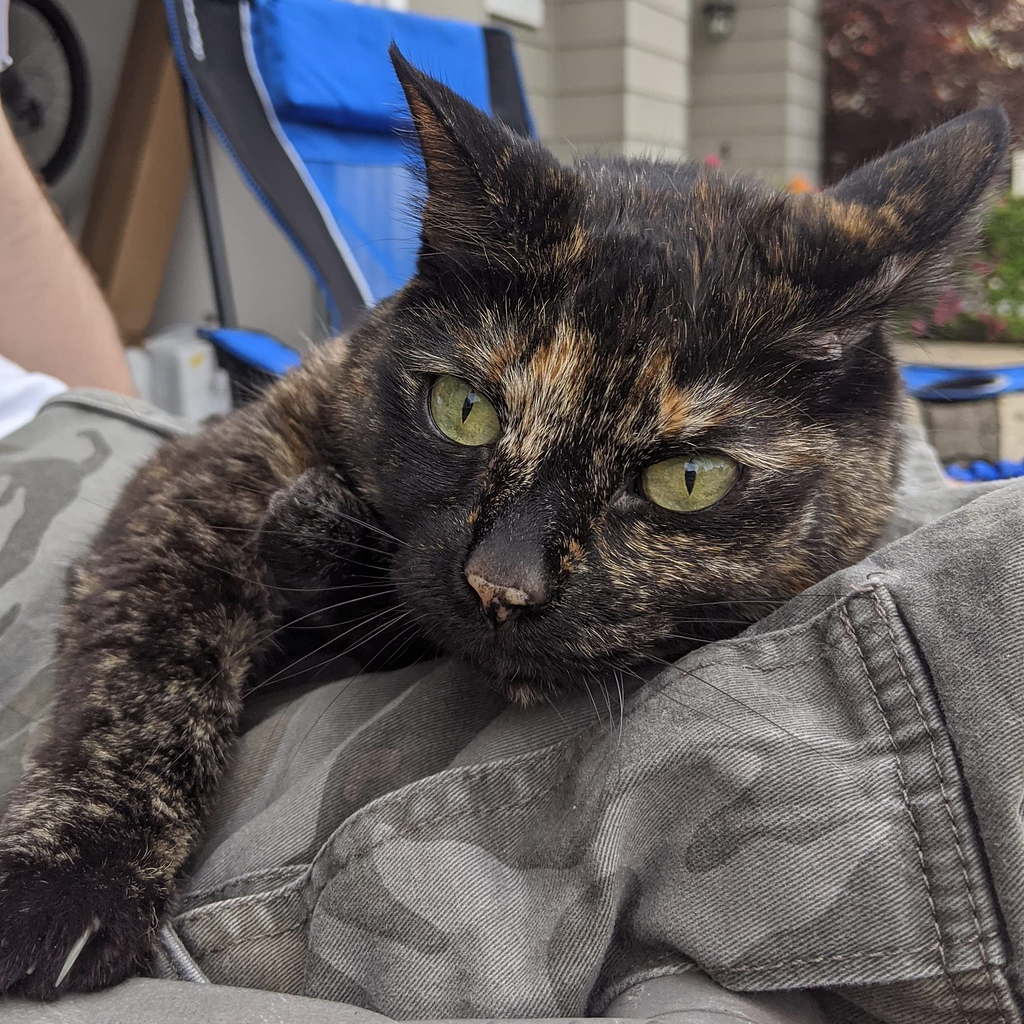Robocock in my ass
- 5 Posts
- 532 Comments

 38·17 days ago
38·17 days ago“Elon, deep down you will always be cringe no matter how much money or power you have.”
Deep down? To me he’s cringe on the very outside.

 14·18 days ago
14·18 days agoIs that juice brand actually something available in Toronto area? That could tell us more if she’s telling the truth or not

 81·24 days ago
81·24 days agoI think that speaking out loud about malicious activities towards women is important and yes, harassment is real, but it really feels like society became almost too sensitive when it comes to approaching women. Some years ago there were video campaigns where they would literally show how one men stops another from talking to stranger female, before he was given a change to be either creepy or nice and respectful with like assumption that this is bad anyway. And also who’s to judge where’s the boundary between being creep or not anyway, this can be very subjective.
And it’s not my POV, I just speak about what I see in internet/media. Being gay introvert I couldn’t care less about talking to strangers…

 2319·24 days ago
2319·24 days agoDidn’t they explicitly ask via #metoo movement and what not for men to NOT approach them directly ever or else they screem that this is harassment?

 83·28 days ago
83·28 days agoSo much fucking this. So many people these days are straight up just useless at their jobs, but companies and managers tend to fall into some sort of toxic positivity bullshit and it’s just so hard to give negative feedback to someone notoriously bad at their job somehow. An advice would be to just keep it honest and expect some sort of improvement, otherwise they may try their luck somewhere else.

 23·1 month ago
23·1 month agoWhat you’re referring to as Linux is actually Uutils/Linux…

 5·2 months ago
5·2 months agoIt literally hasn’t changed even a tiny bit since I first saw it in 2006 :)
I currently use Strawberry - a well maintained fork of the old Amarok player before they redone the UI for KDE 4. It does what I care the most:
- Tree view collection with artist -> album grouping
- Files view
- Lyrics
- Tag editor
- Queue
- Last, but definitely not least - gapless playback
„Piracy is a service problem” ~Gabe Newell

 81·2 months ago
81·2 months agoIt’s Windows 95

 4·2 months ago
4·2 months agoThe guy himself, a communist legend
Because it was. Only very late right before the project was killed they renamed it

 1·2 months ago
1·2 months agoThe game optimization is garbage and it sucks on desktop PCs too while also looking like shit.

 1·2 months ago
1·2 months agoI have no idea how people keep recommending that distro to beginners and regular end users only based on what the experience is like right after installing it.
It was such a pain daily driving it for couple of months even for experienced user. updates breaking stuff every now and then, packages reverting versions oddly, causing conflicts in plasma packages, when using SteamDeck mode it would auto-install updates on boot without asking and bootlooping for no reason until I disconnect it from the network, plymouth theme changing randomly. Usually to troubleshoot I had to go to their Discord to see what broke this time. I mean, fine, but this is an unstable tinkerer purely community-driven distro, not meant for those who just want easy time dealing with their PCs. Besides, none of that shit happens on just regular plain Arch btw, once setup properly it updates just fine.
EDIT: maybe it’s any better in Nobara 41?

 6·2 months ago
6·2 months agoI mean, it is dead simple after all

 1·2 months ago
1·2 months agodeleted by creator

 4·2 months ago
4·2 months agoPlot twist: he grabs you out of the bush and kiss




It really depends on how the distro you’re using is integrating them and while installing them is usually the easy part, working around certain quirks they come with can be a bit tedious in my experience.
The proprietary driver comes in binary form and is shipped with a small kernel module that handles loading the binary driver. The Linux kernel modules that aren’t part of Linux itself (which most drivers are) must be compiled for specific kernel and its binary can work only for that specific kernel and nothing else. This means that even if then driver is the same but kernel changes, the nvidia module must still be recompiled. There are two ways distros handle that: 1) by running the compilation process in the background while installing or updating the driver package 2) by shipping binary form of the nvidia module, in case where it’s distro that always recommends synchronization of all packages so that kernel and modules always match. Historically this caused way more problems than it sounds, compilation might have failed for certain kernels occasionally leaving users with broken video after simple system update. Overall though it mostly works fine, especially nowadays.
Another quirk is that the user-space part of the driver that exposes OpenGL and Vulkan interfaces for applications are also proprietary and closed source, and they must also match exactly with the kernel part of the driver. This creates another problem for sandboxed applications using for instance Flatpak. Applications in container won’t use the system-wide libraries, but rather ship their own - and that’s by design for good reasons. Flatpak will automatically detect NVIDIA and install matching driver just fine, but then after installing system upades, you must always update your flatpaks as well or the ones that use GPU in any way will simply fail to launch or fall back to software rendering making it extremely slow. This doesn’t happen for open source drivers, because Mesa can work with basically any kernel, so Mesa in Flatpak can be in completely different version than the one installed as system package. Moreover, I experienced problems with storage space because Flatpak wouldn’t automatically remove old NVIDIA drivers and after a year or so it was a chunky pile of NVIDIA drivers.
And even when it works, there can still be missing functionality or integration with the OS might not be perfect. Last time I used them I was limited to X11 with many quirks regarding multi monitor setup and vertical synchronization. Wayland is technically usable now on NVIDIA, but not perfected yet.